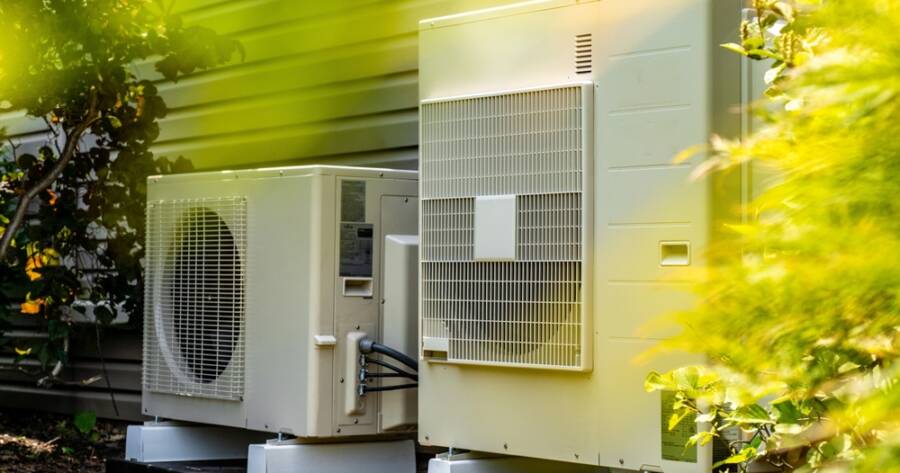Heating and cooling repairs can be expensive, especially when problems arise unexpectedly. Many homeowners don’t realize that simple maintenance steps can help prevent costly breakdowns. By keeping HVAC systems in top shape, it’s possible to extend their lifespan, improve efficiency, and avoid emergency repairs. With a little effort, you can reduce your energy bills and keep your home comfortable year-round.
1. Change Air Filters Regularly
One of the easiest and most effective ways to maintain your HVAC system is by changing air filters regularly. Dirty filters restrict airflow, forcing the system to work harder. This increases energy use and puts extra strain on components, which can lead to breakdowns.
Most filters should be replaced every one to three months, depending on the type of filter and household conditions. Homes with pets or allergy sufferers may need more frequent changes. A clean filter improves indoor air quality and keeps the system running efficiently.
2. Keep Vents and Ducts Clean
Blocked or dirty vents and ducts can cause uneven heating and cooling. Dust and debris buildup reduces airflow, making it harder for the system to maintain the desired temperature. Cleaning vents and ensuring they aren’t blocked by furniture helps air circulate properly.
For deeper cleaning, it’s a good idea to have ducts inspected periodically. Excessive dust, mold, or debris in the ductwork can lower efficiency and contribute to indoor air pollution. Keeping vents and ducts clear helps prevent the system from overworking, reducing wear and tear.
3. Schedule Routine HVAC Inspections
Annual HVAC inspections by a professional can prevent costly repairs. Technicians check for potential issues, clean essential components, and make adjustments to improve performance. Catching minor problems early prevents them from turning into expensive repairs.
Regular maintenance also helps ensure safety. Gas furnaces, for example, can develop leaks or ventilation problems that pose health risks. A professional tune-up keeps the system in good working order and helps homeowners avoid unexpected failures.
4. Clean the Outdoor Unit
For homes with central air conditioning, the outdoor unit plays a key role in cooling efficiency. Leaves, dirt, and debris can accumulate around the unit, blocking airflow and forcing the system to work harder. Cleaning around the unit and trimming back vegetation allows for proper ventilation.
It’s also important to check the condenser coils for dirt buildup. Dirty coils reduce the system’s ability to cool, leading to higher energy use. Gently rinsing the coils with a hose (without using high pressure) can improve efficiency. Regular maintenance of the outdoor unit helps prevent overheating and costly repairs.
5. Use a Programmable or Smart Thermostat
A programmable or smart thermostat can significantly reduce heating and cooling costs by adjusting temperatures based on usage patterns. Instead of running the system continuously, a thermostat can lower heating or cooling when no one is home.
Smart thermostats take energy savings further by learning household routines and making automatic adjustments. Some models provide energy reports, helping homeowners track their usage and find ways to save. Using temperature settings wisely reduces strain on the HVAC system and extends its lifespan.
Small Steps Lead to Big Savings
Preventative maintenance is the key to avoiding costly heating and cooling repairs. By taking simple steps like changing filters, cleaning vents, and scheduling inspections, homeowners can keep their systems running smoothly.
Investing time in regular upkeep not only saves money on repairs but also improves efficiency and comfort. With a little effort, you can enjoy reliable heating and cooling while lowering your energy bills.

